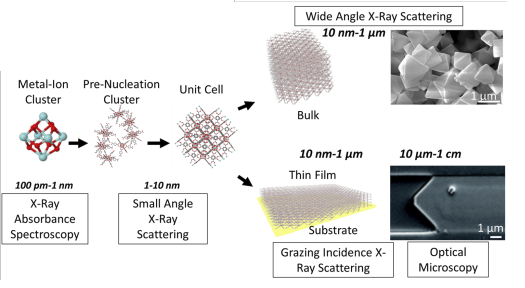Understanding and Controlling Metal-Organic Framework Formation as Crystals, Thin Films and Composites

Speaker:
Gaurav Giri
University of Virginia
Abstract:
Porous coordination polymers, including metal-organic frameworks, hold incredible potential to impact numerous technologies. The wide breadth of applications includes charge and ion transport membranes, separation membranes, hydrogen, and natural gas storage, drug delivery, sensors, ‘self-cleaning’ surfaces, etc. However, the current technological impact of these materials is muted due to the lack of understanding of fundamental theories behind MOF crystallization as composites and as thin films. Many potential applications require MOFs to be created as thin films or as composites, with fine control over morphologies, aspect ratios, or integration with polymers.
We will show that the investigation of MOF crystallization, guided by a combination of chemistry, fluid dynamics, and crystallization theories, will allow us to discover new design rules to create rapid, uniform, and high-quality thin films and composites. Using evaporative crystallization during flow coating, large area, pinhole-free thin films of multiple prototypical MOFs can be created. In addition, the use of nucleation zones can be utilized to control the placement and patterning of MOFs. MOF-based polymer composites can be similarly made through crystallization control. Finally, a combination of in-situ grazing incidence X-ray scattering and diffraction combined with reaction kinetics modeling will be used to probe the intricacies of MOF crystallization.


